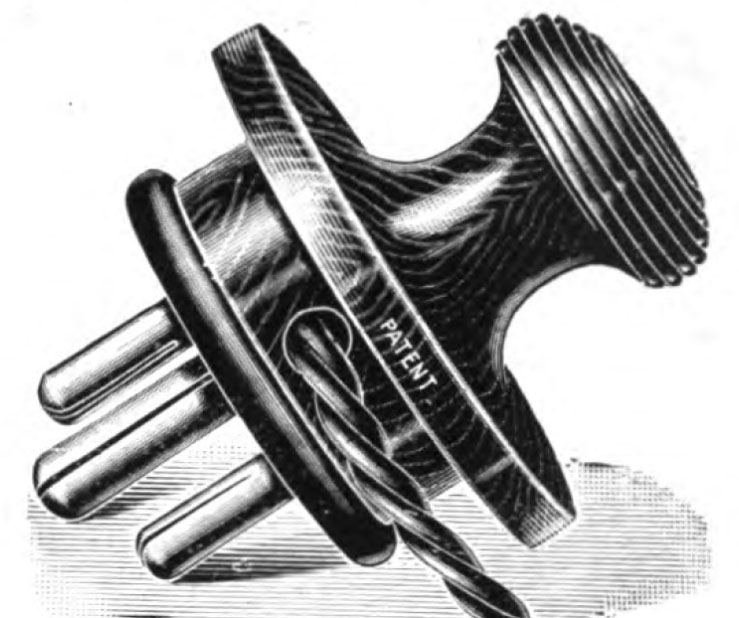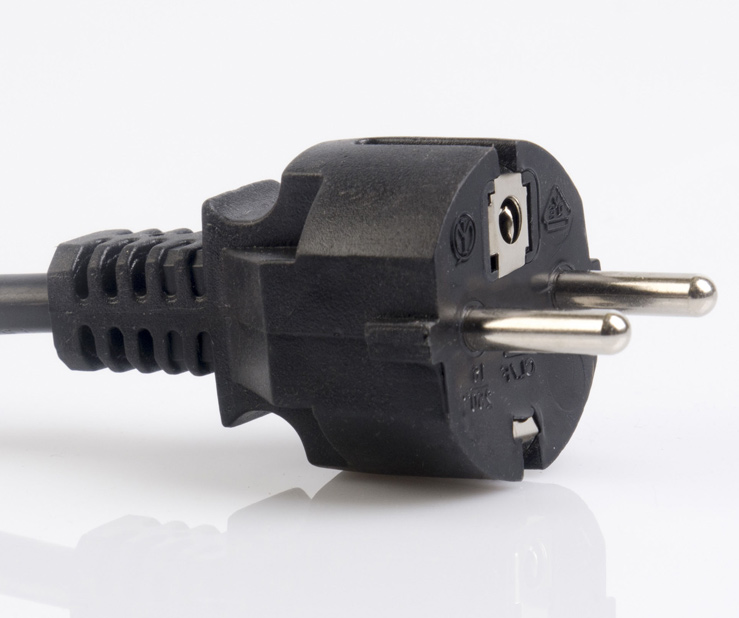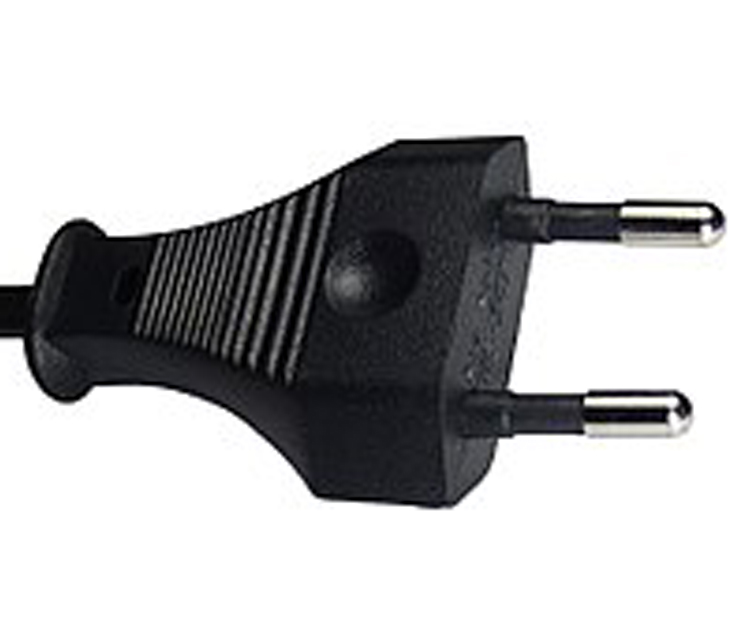Curiosity: The electric plug
Who invented the electric plug?
Perhaps not everyone knows the story of the Electric Plug span and how to select it based on the country of use.Mr. Harvey Hubbel (1857-1927) was born in Bridgetport Connecticut, he was: Inventor, entrepreneur and industrialist.
In 1904 he invented the electric power plug for the United States, later with the spread of the use of electricity both for heating and for household appliances, this new and practical connection system became necessary .
Subsequently, each country decided to develop its own plug/socket instead of following the path of unification, this is the reason why we are inundated with different types of plugs.
There have been several attempts to create the Europlug, but individual countries are extremely reluctant to apply this standard. The change, even if very slow, has already begun, the European Commission has studied and created a new electric plug; IEC 60906-1 (phases + earth 250V) and in 1986 the International Electrotechnical Commission made the new model public.
To date, no one has used this new type of plug, only Brazil has adopted it, calling it NBR. There have been successive changes; IEC 60906-2 for 125V and IEC 60906-3 for L.V.”
www. tropiland.it/spine/ it.wikipedia.org/wiki/Standard-elettrici-nel-mondo
Curiosity: The Schuko plug
The Schuko system was born in Germany from a patent (DE 370538) filed in 1926 by Albert Büttner, founder of the ‘Bayerische Elektrozubehör GmbH’ (today ABL Sursum Bayerische Elektrozubehör GmbH und Co. KG). Bayerische Elektro AG obtained the DE 489003 patent in 1930 for einen connecter mit Erdungseinrichtung granted.
Today this system is used in over 40 countries.
(From: wikipedia/google)
Curiosity: The EU plug
The Europlug is an electrical plug for domestic use flat and with two contacts, prepared for voltages up to 250 V and currents up to 2.5 A.
This model is a compromise aimed at the safe connection of energy-efficient Class II appliances to different types of household electrical outlets with cylindrical contacts used in Europe.
However, it is not compatible with the rectangular contacts of BS 1363 type electrical outlets used in Cyprus, Gibraltar, Ireland, Malta and the United Kingdom.
(From Wikipedia/google)
Curiosity: Power cables
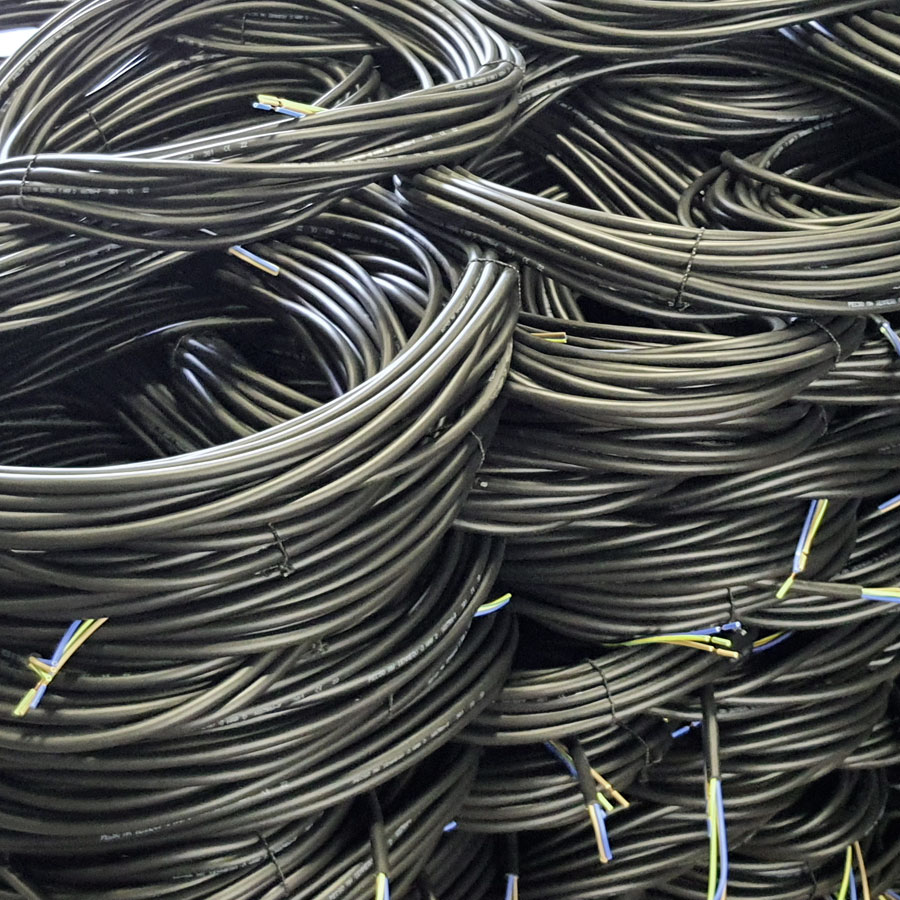
Power cables are made up of one or more elements called cores. Based on the number of cores they are called: unipolar, bipolar, tripolar, quadripolar etc. and their number is determined by the particular electrical system of which they are a part. Each core is made up of a conductor (by copper , by aluminium o sue alloys) covered with a insulating. The section of the conductor depends on the electric current with which the electricity is transmitted.
The larger the section of the conductor, the more difficult it is to move the cable during its laying and use. When it is necessary to improve its flexibility</a , the conductor is made instead of a single wire or a few wires of large cross-section twisted together (rigid conductor), from many thin wires twisted together (flexible conductor). The thinner the individual threads are, the easier the core is to handle. For each section and size of the conductor (number and section of the individual wires) of a certain type of cable, the manufacturer sets the minimum bending radius below which one must not go down during laying or use of the cable itself in order not to compromise its performance. ‘integrity.
The insulation can be made up of textile material, paper (mostly impregnated with particular insulating oils), rubber, compounds based on PVC, polyethylene or other special synthetic materials. The thickness and technical characteristics of the insulation must be such as to ensure that the different conductors never come into contact with each other and that, based on the characteristics of the insulating material used, they are located sufficiently distant so that the different electric potential that exists between them not gives rise to a electric discharge</a .
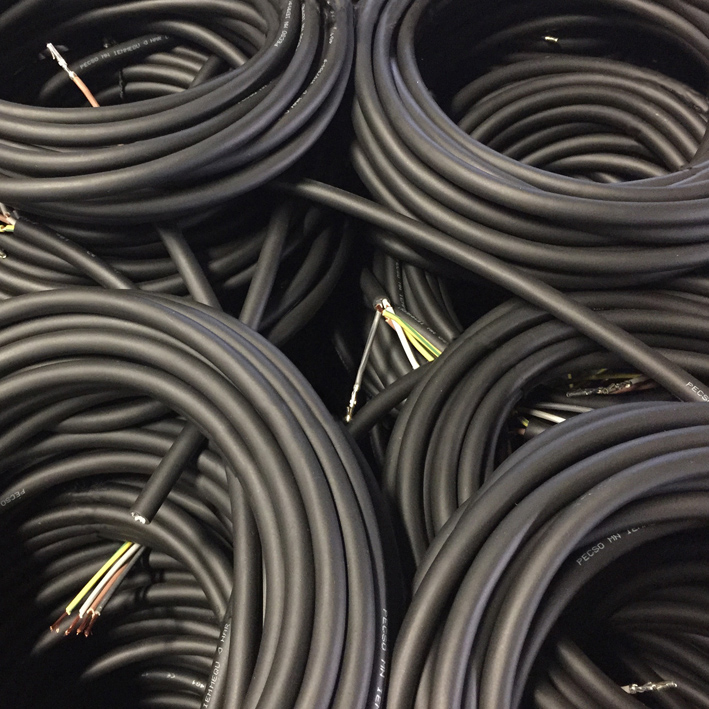
PVC cables
polyvinyl chloride, also known as polyvinyl chloride or with the corresponding acronym PVC, is the polymer of the vinyl chloride, having the formula -(CH2CHCl)n– and molecular weight between the 60 000 and the 150000 u. It is the most important polymer of the series obtained from vinyl monomers and is one of the most consumed plastics in the world.
Polyvinyl chloride was observed by chance on two occasions during the 19th century, earlier in 1835 by Henri Victor Regnault and then in the 1872 from < span style=”color:#ffffff;”>Eugen Baumann. In both cases a solid white mass of polymer was found inside bottles of vinyl chloride leave exposed to sunlight.
At the beginning of the 20th century attempts to commercially exploit the product by the Russians Ivan Ostromislenskij and German Fritz Klatte della Griesheim-Elektron were frustrated by the difficulty of working with the material, which was too stiff and brittle.
In the 1926, Waldo Semon of the B.F. Goodrich developed a technique to make the PVC, mixing it with plasticizing additives. The resulting product, more flexible and easier to work with, soon achieved widespread use.
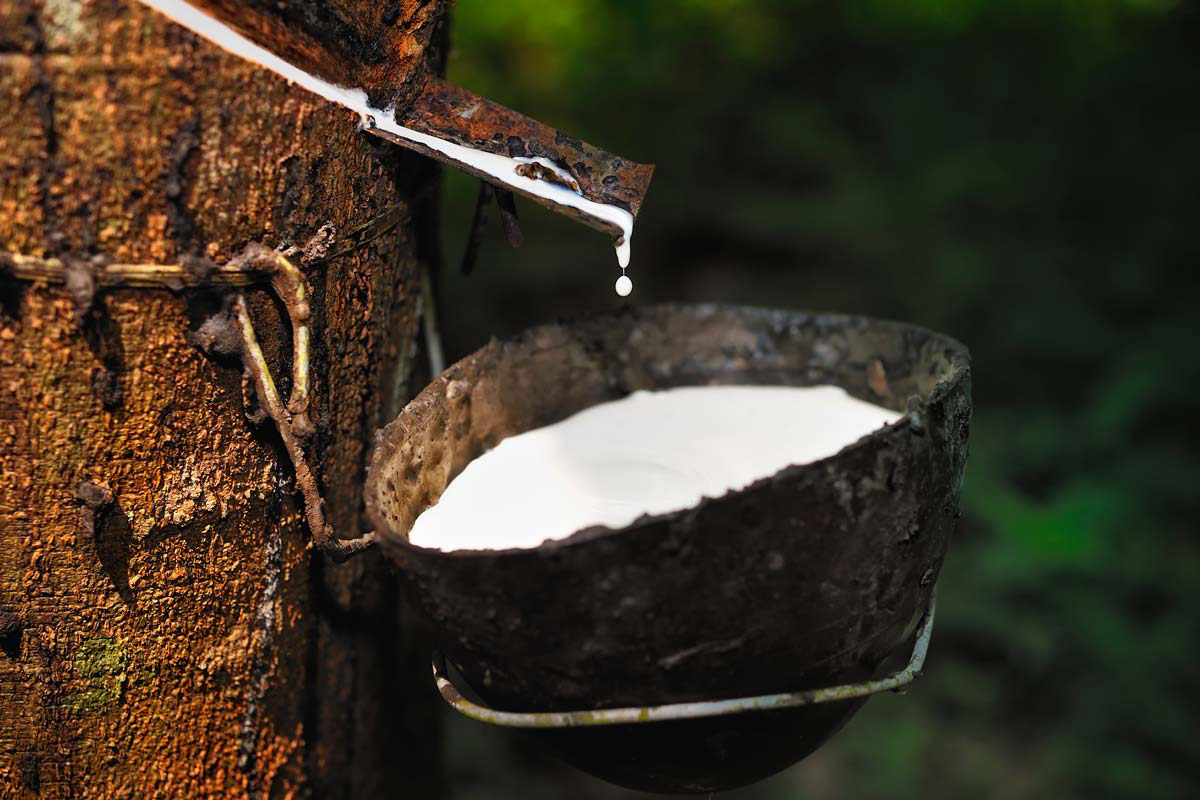
Rubber cables: RRF
Natural polyisoprene is also called natural rubber or caucciù. Gummy latexes can be obtained from numerous plants: there are more than three hundred of them, all living in tropical territories. By far the most important is Hevea brasiliensis , native to the Amazon River basin (Parà), currently cultivated in all suitable tropical and sub-tropical regions, which alone supplies about 90% of the world production of natural rubber. p>
Natural rubber, while having many useful properties, also has some drawbacks. Once the rubber products were sticky and smelly, they softened in the heat and hardened in the cold. An attempt was then made, by means of mechanical treatments and mixtures of suitable additives, to make the properties of the rubber stable. An initial success was obtained with Th. Hancock’s masticator with concentric cylinders which, by enervating the material, made it plastic and suitable for absorbing additives (1820); therefore we turned to the search for chemical-physical processing methods of the compounds and, with suitable solvents (ether, turpentine, petroleum), we managed to obtain relatively stable rubbery solutions suitable for waterproofing fabrics (Ch. MacIntosh, 1823) and to obtain threads rubber bands (Th. Hancock, 1837).
Complete stability of rubber properties was obtained in 1839 by Charles Goodyear who invented vulcanization, a process by which crosslinks are created between chains polymers by heating the rubber in the presence of sulphur. The crosslinks increase the resistance of the rubber and act in a certain sense as a “memory” which helps the polymer to return to its original shape after stretching.
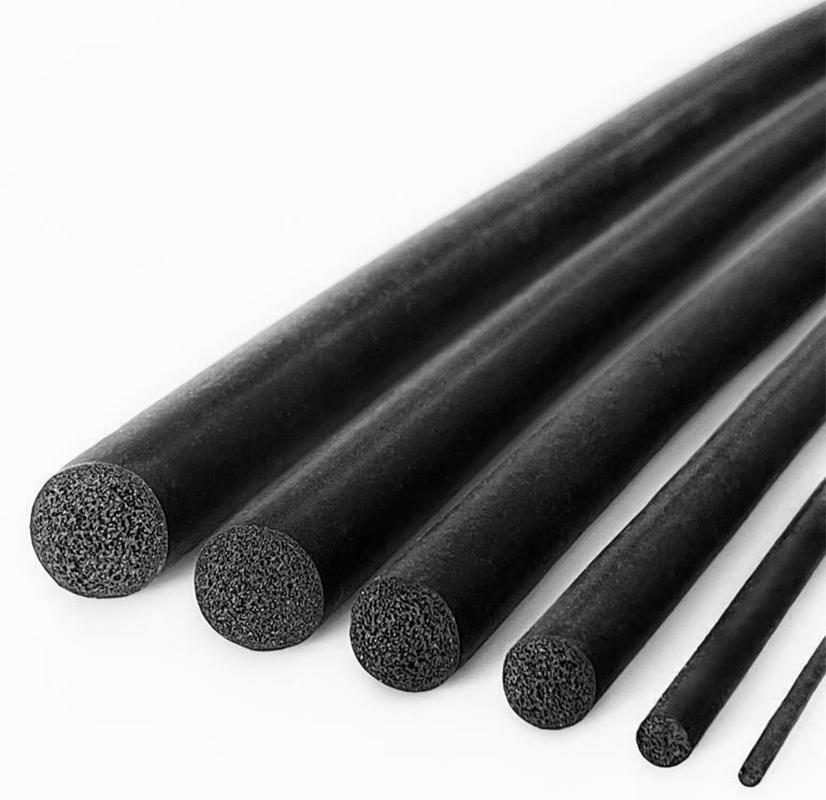
Neoprene cables: RNf
neoprene is the trade name of the company “DuPont Performance Elastomers” for a family of rubbers synthetic rubbers based on the polychloroprene (polymeric shape del chloroprene)[1].
Neoprene was invented in 1930 by scientists Arnold Collins e < a href=”https://it.wikipedia.org/wiki/Wallace_Carothers” style=”color: #ffffff;”>Wallace Carothers of the DuPont company after Elmer K. Bolton of the DuPont laboratories attended a conference of Julius Arthur Nieuwland, professor of chemistry at the University of Notre Dame[2].< /p>
Nieuwland’s research focused on the chemistry of acetylene and in the course of his work he produced divinyl acetylene, a gelatin that hardens into an elastic rubber-like compound once passed over the dichloride disulfur</a >. After DuPont bought the patent rights from the University, Wallace Carothers of DuPont took over the commercial development of Nieuwland’s discovery in collaboration with Nieuwland. Research at DuPont focused on acetylene monvinyl and made the substance react with the gas of hydrochloric acid, producing the chloroprene.
Neoprene (originally called duprene) was the first mass-produced residue of synthetic rubber. It belongs to the family of synthetic elastomers< /a> (or synthetic rubbers) and appears as a porous rubber, the mass of which is made up of uniformly distributed gaseous cells. The main characteristics are elasticity, resistance to cutting and crushing, resistance to atmospheric aging and heat, and it is also inert towards many chemical agents, oils and solvents. For these reasons, it finds important applications in the chemical, automotive, nautical industries, and in the production of fittings, gaskets, protective coatings and clothing (for example, underwater wetsuits).
the rubber
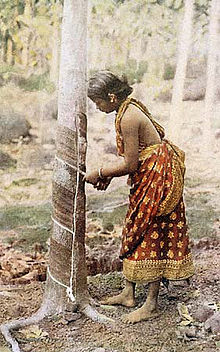
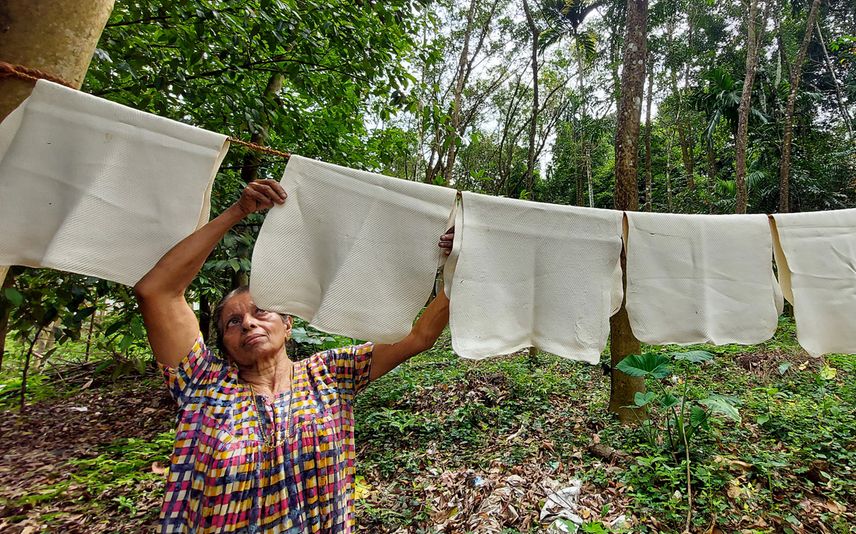

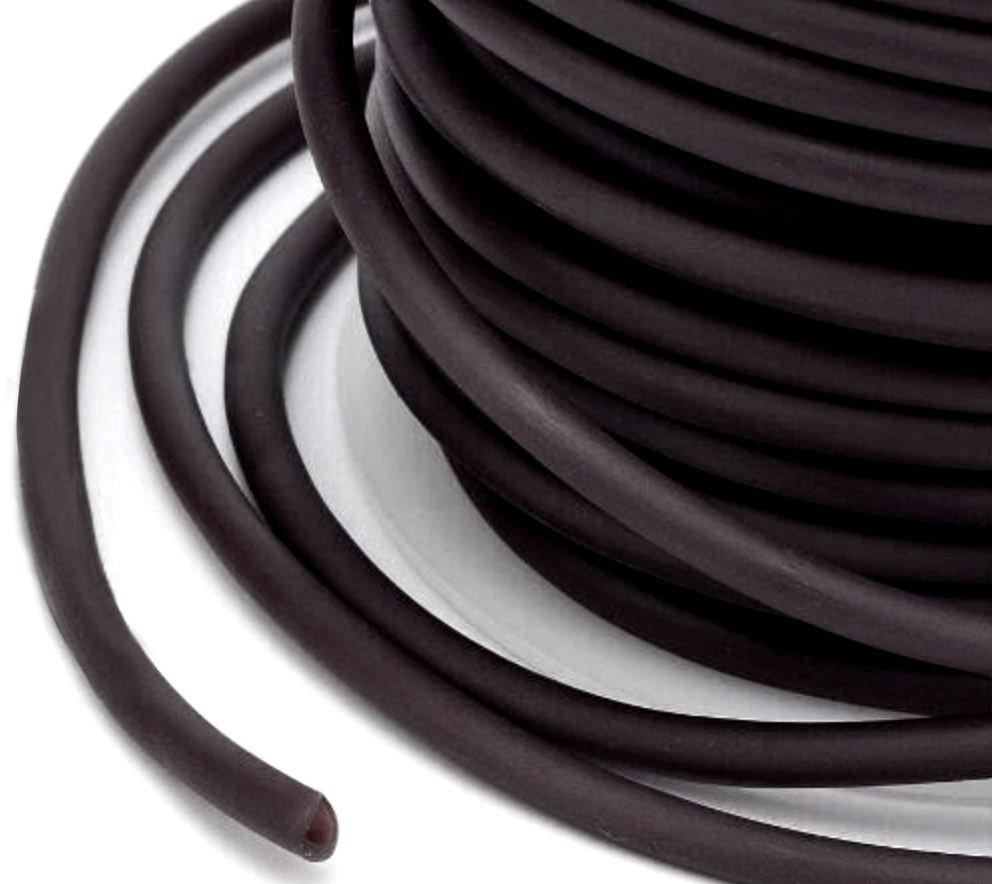
Do you want information?
Fill out your request. We will get back to you as soon as possible.

